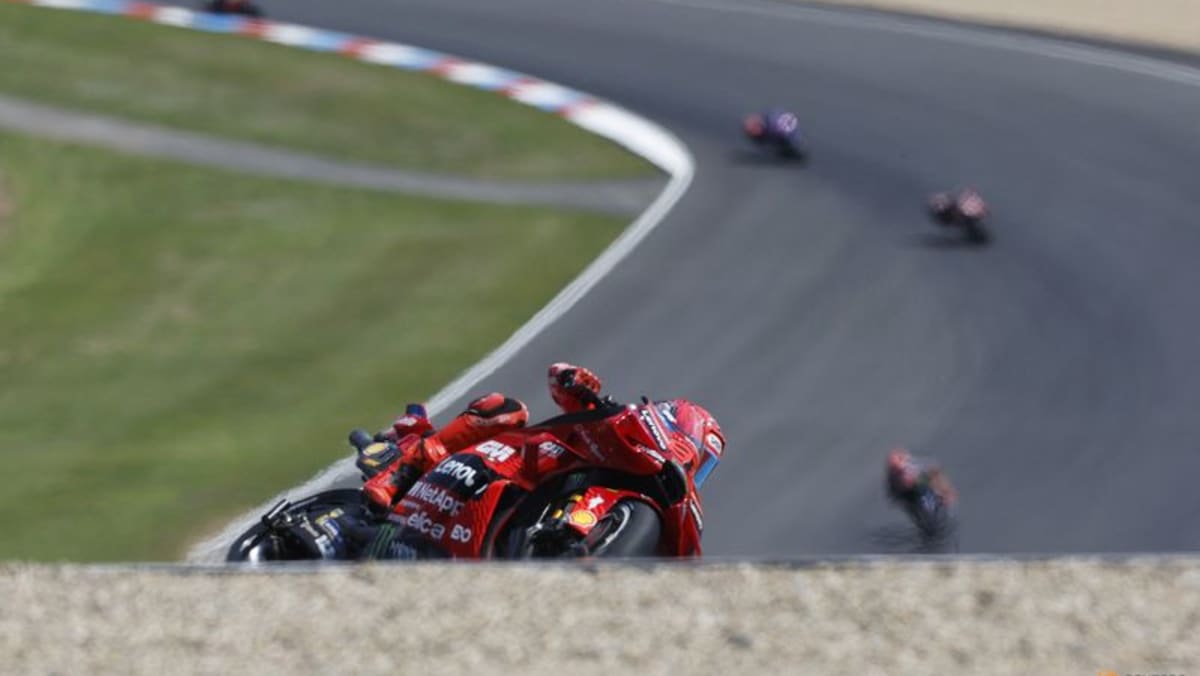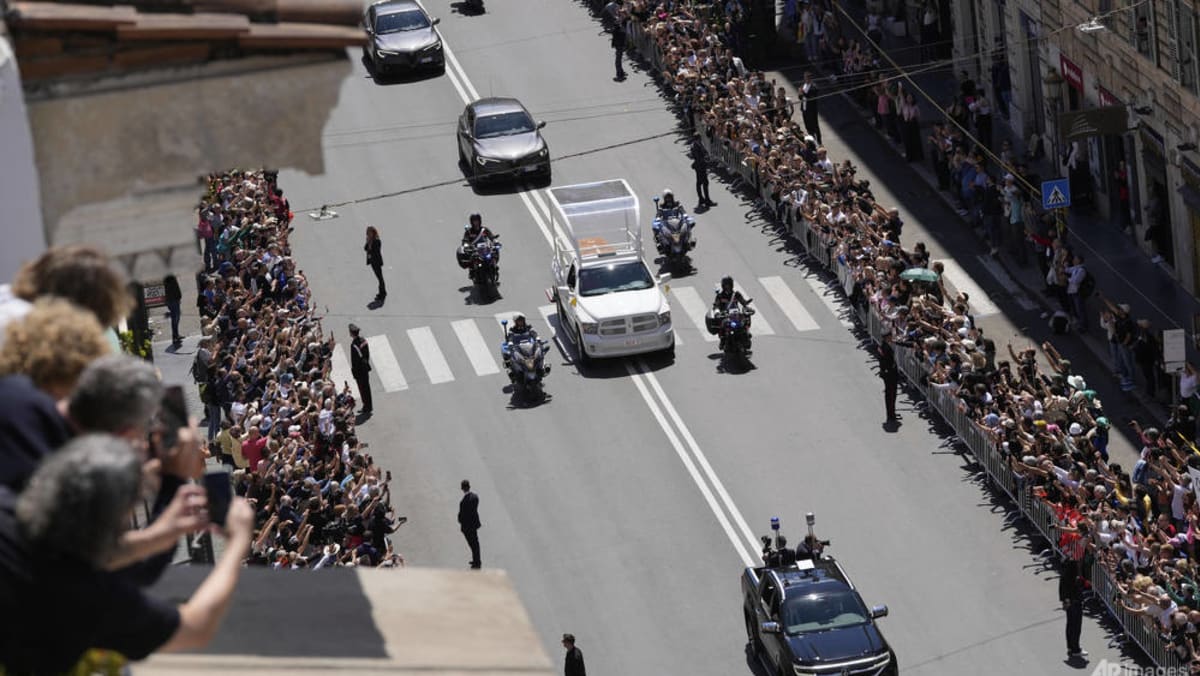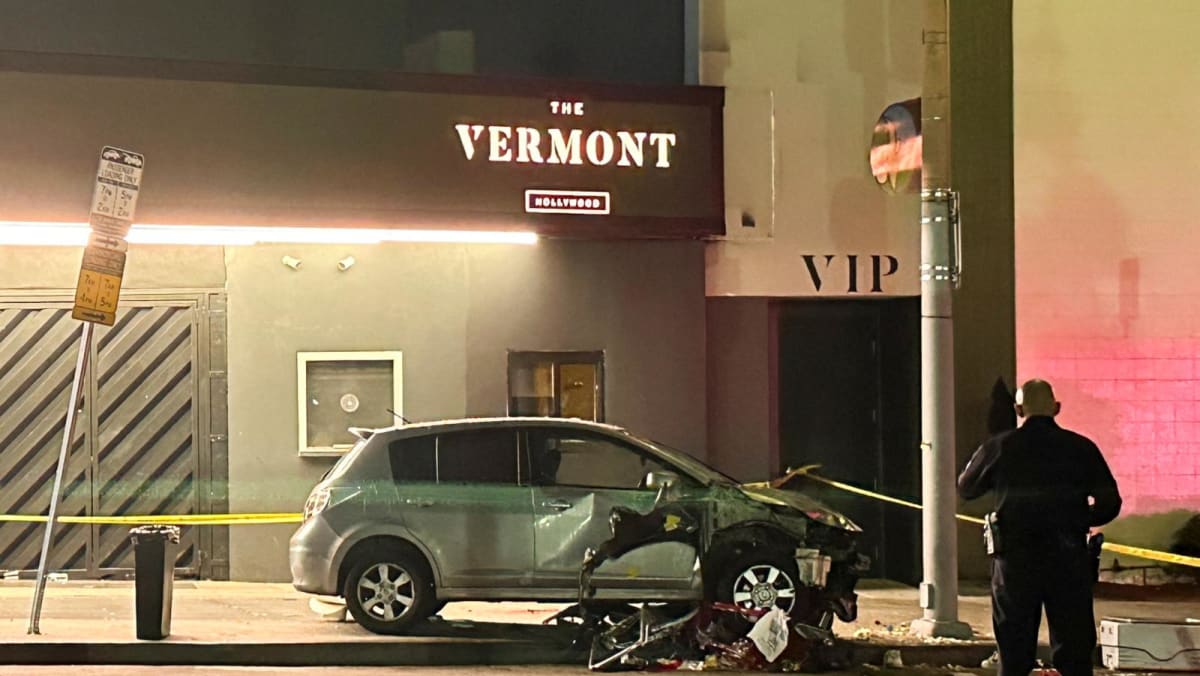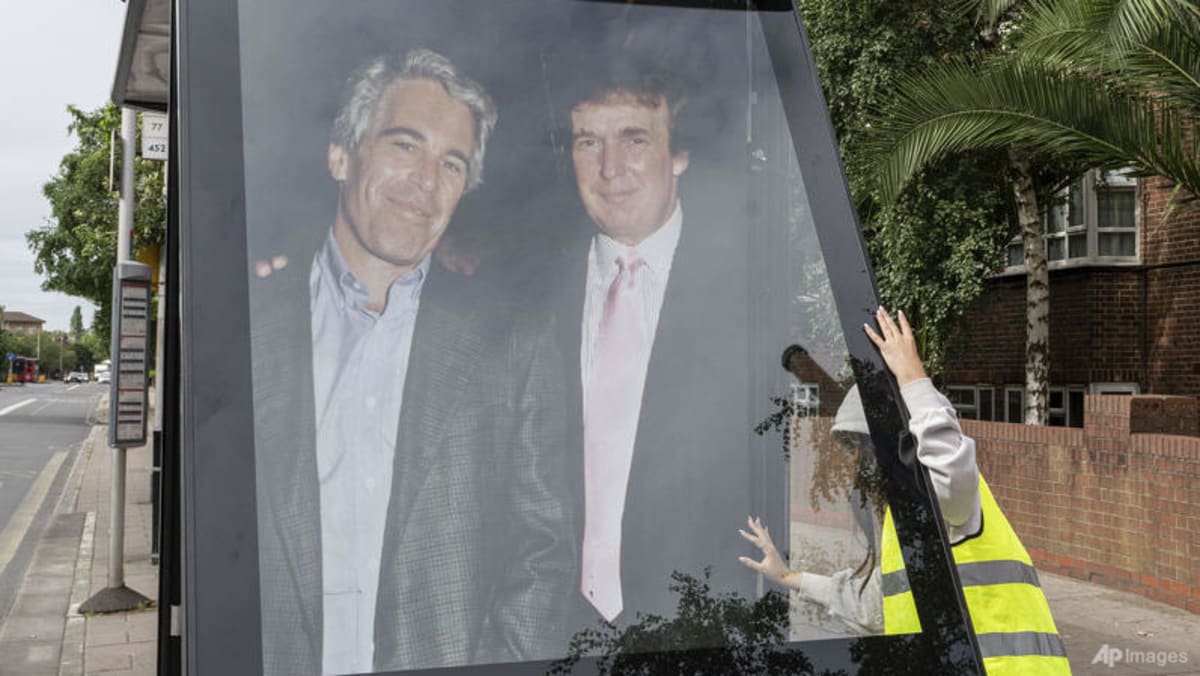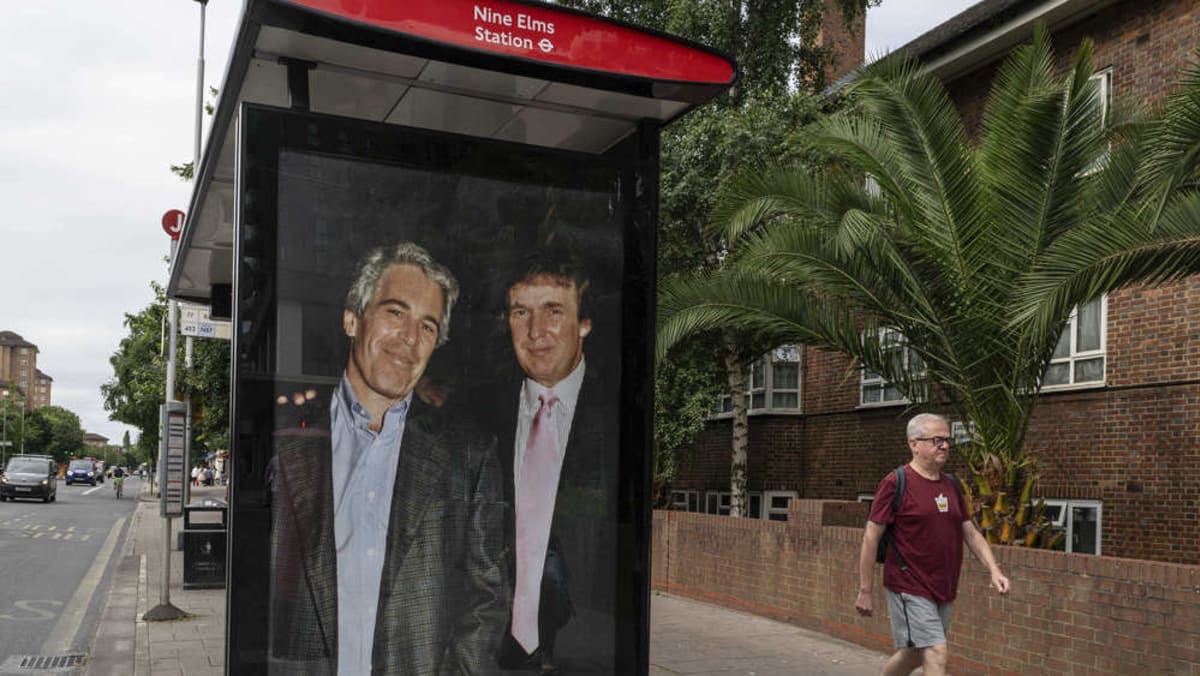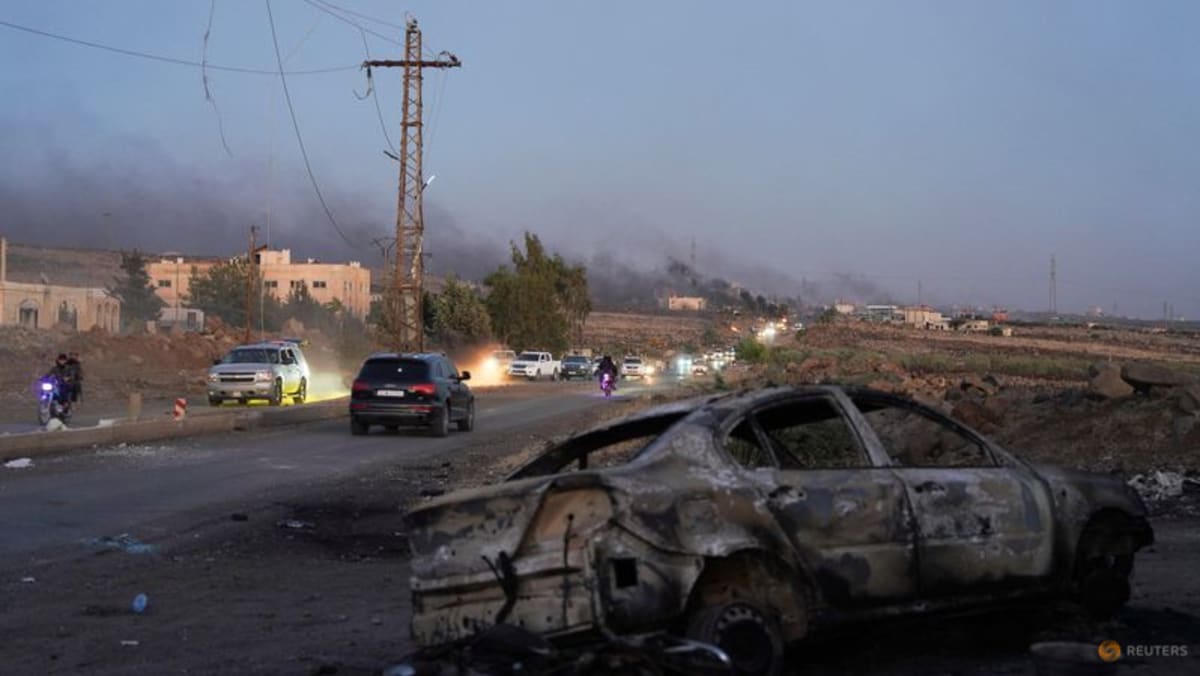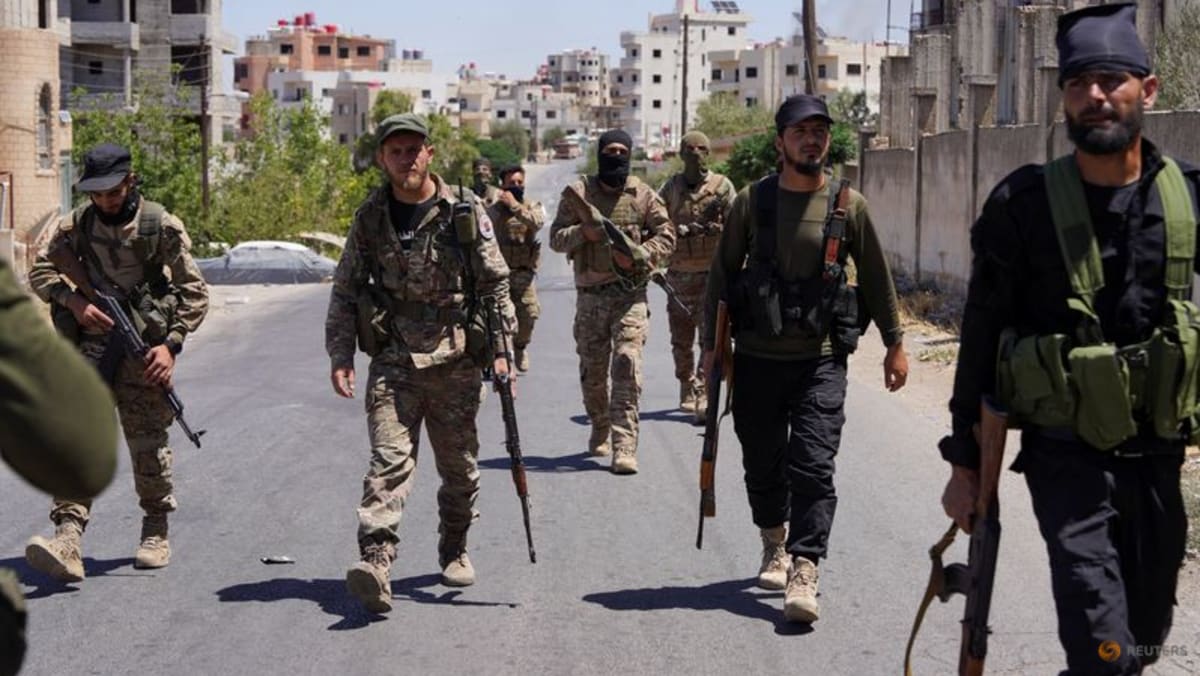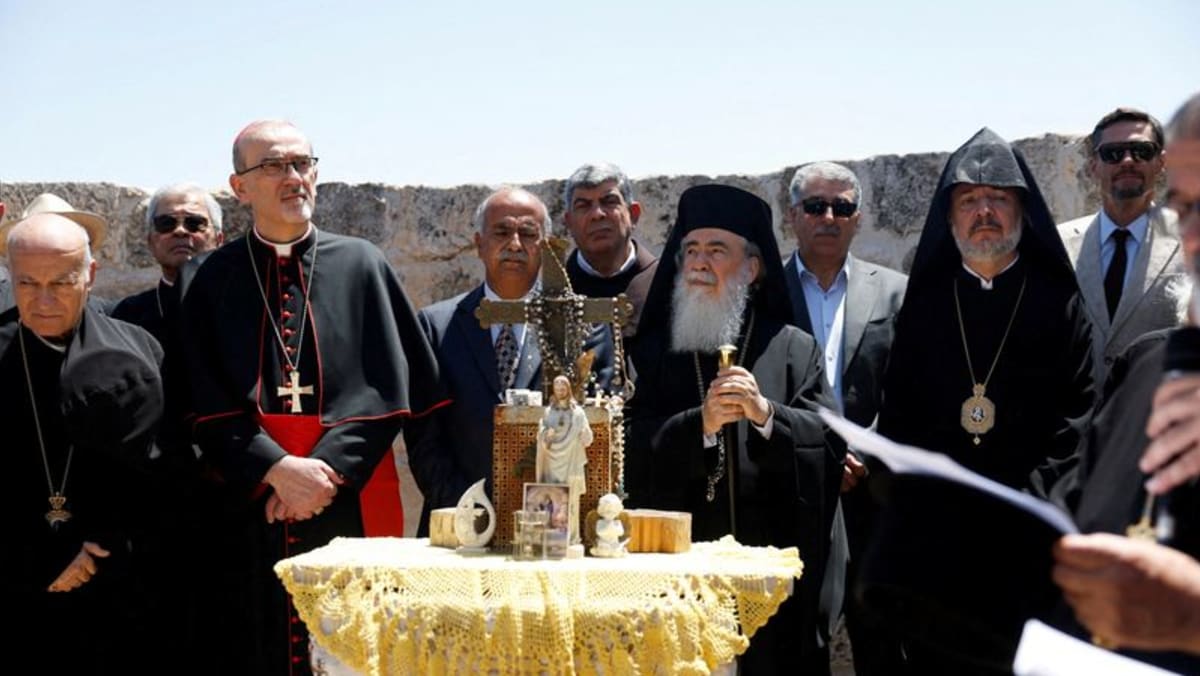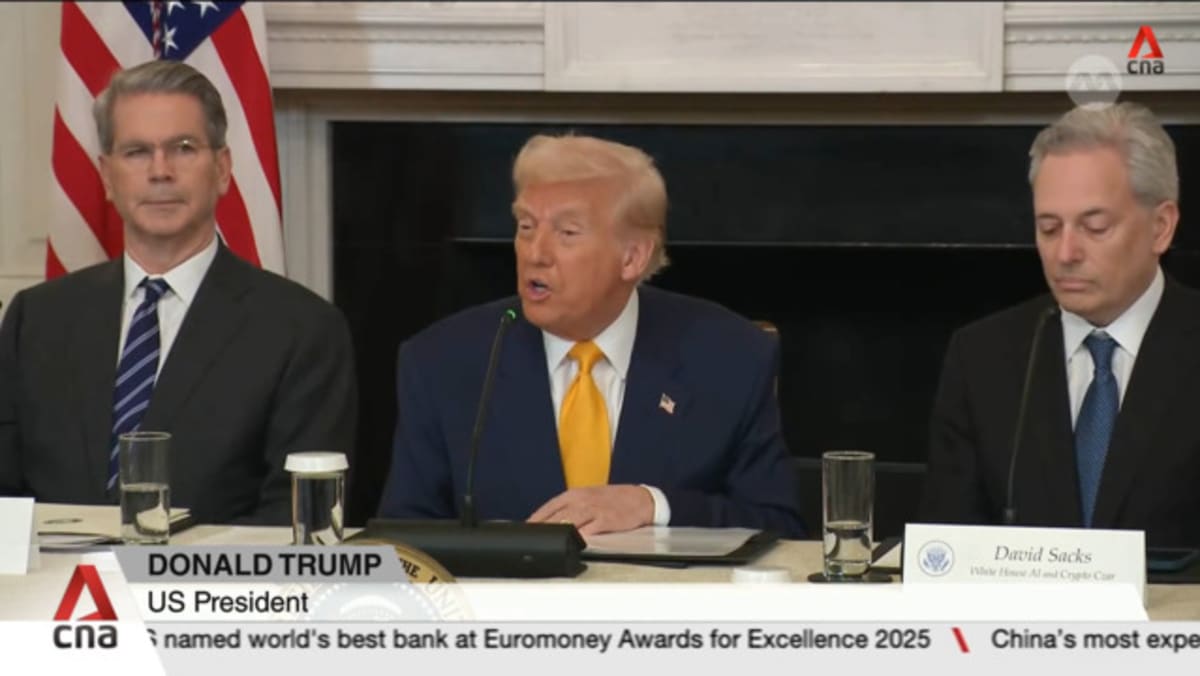SIMPLE TOMB
Pope Francis died of a stroke and heart failure less than a month after he left hospital where he had battled pneumonia for five weeks.
He loved nothing more than being among his flock, taking selfies with the faithful and kissing babies, and made it his mission to visit the peripheries, rather than mainstream centres of Catholicism.
His last public act, the day before his death, was an Easter Sunday blessing of the entire world, ending his papacy as he had begun it – with an appeal to protect the “vulnerable, the marginalised and migrants”.
The Jesuit chose to be named after Saint Francis of Assisi, saying he wanted “a poor Church for the poor”, and eschewed fine robes and the papal palace.
Instead, the Church’s 266th pope lived at a Vatican guesthouse and chose to be interred in his favourite Rome church, Santa Maria Maggiore – the first pontiff to be buried outside the Vatican walls in more than a century.
Catholics around the world held events to watch the proceedings live, including in Buenos Aires, where Pope Francis was born Jorge Bergoglio in the poor neighbourhood of Flores in 1936.
“The pope showed us that there was another way to live the faith,” said Lara Amado, 25, in the Argentine capital.
Pope Francis asked to be put inside a single wooden coffin to be laid in a simple marble tomb, marked only with the inscription “Franciscus”, his name in Latin.
After the funeral, the coffin will be driven slowly in a large white Jeep to Santa Maria Maggiore via the Fori Imperiali – where Rome’s ancient temples lie – and the Colosseum.


